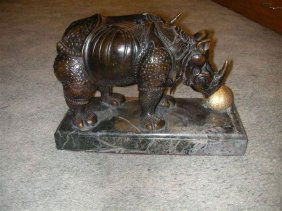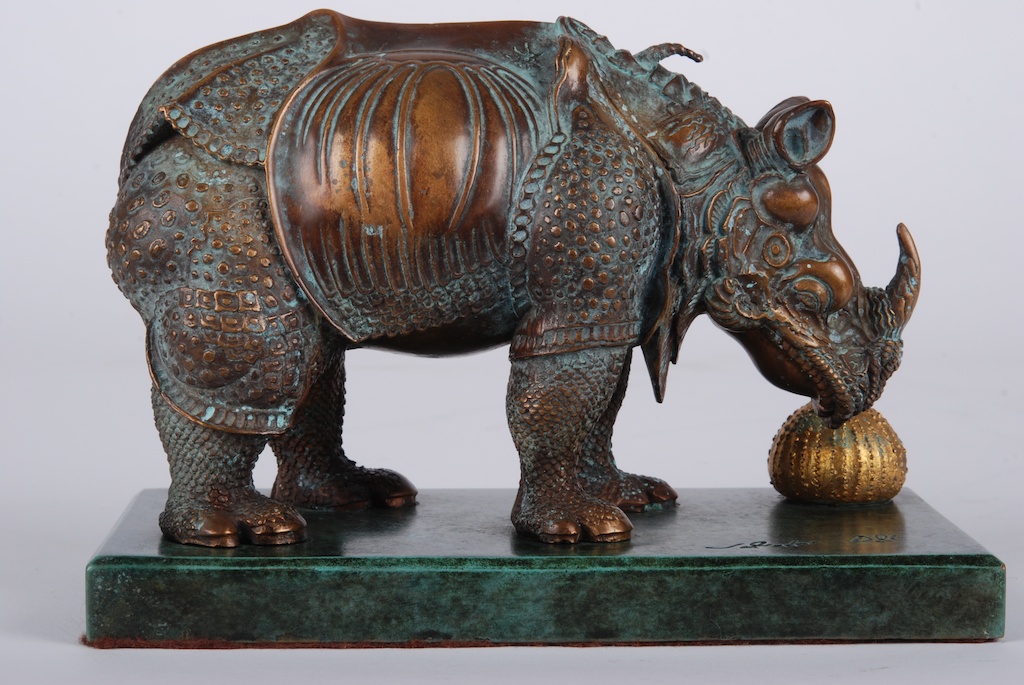
Called Rhinoceros Dressed in Lace, the statue was. This item: DALI IO-6 Premium Wireless Over-The-Ear ANC Headphones - Iron Black. “That of being Salvador Dalí.”įind original Salvador Dalí paintings, prints, sculptures and other works on 1stDibs. This Rhino weights three tonnes and was donated to the council in 2004 in celebration of Dalis birth. “Each morning when I awake, I experience again a supreme pleasure,” he once said. It was the year 1515 when the enormous, impetuous and. His artistic genius, eccentric personality and eternal quest for fame made him a global celebrity. In Dals childhood home, there was a woodcut xylograph entitled Rhinoceros by Albrecht Drer (1515). In these, he conjured childhood memories and employed religious symbols and Freudian imagery like staircases, keys and dripping candles to create unexpected, often shocking pieces.ĭalí's use of hyperrealism in conveying Surrealist symbols and concepts that subvert accepted notions of reality is epitomized in what is perhaps his most recognizable painting, The Persistence of Memory (1931), in which he depicts the fluidity of time through melting clocks, their forms inspired by Camembert cheese melting in the sun. He is also one of the icons of the 20-century avant-garde Surrealist movement, whose dreamlike images, drawn from the depths of the unconscious, he deployed in paintings, sculptures, prints and fashion, as well as in film collaborations with Luis Buñuel and Alfred Hitchcock.ĭalí was born in Figueres, Catalonia, and even as a youngster, displayed the sensitivity, sharp perception and vivid imagination that would later define his artworks. The photo was homaged by Annie Leibovitz in 1996 photoshoot with Nicolas Cage.Instantly recognizable by his waxed, upturned mustache, the flamboyant Salvador Dalí is one of modern art’s most distinctive figures. Halsman and Dali eventually released a compendium of their collaborations in the 1954 book Dali’s Mustache, which features 36 different views of the artist’s distinctive mustache. Their 1948 work Dali Atomicus explores the idea of suspension. The photo was taken by Phillippe Halsman, who met Dalí in 1941 and started collaborating with him in the late 1940s. In the above 1952 photo, Dali–equipped with his only horn–pays a homage of a rhinoceros. Salvador Dal Le Rhinoceros, 1968 Etching 14 1/4 × 19 1/2 in 36.2 × 49. In 1958, his tribute to the 300th anniversary of the death of Velasquez, the Infanta Margarita, also included rhinoceros horns, which converge to define the head of the Infanta.


This piece, Paranoiac-Critical Study of Vermeer’s Lacemaker was painted at the Paris Zoo.

The young lady may choose to lie on it or to morally play with it as it was usual in courtesan love epochs”.Īs an homage to Vermeer, he painted a study of The Lacemaker composed entirely of exploding rhinoceros horns.

He also linked the rhinoceros to themes of chastity and to the Virgin Mary: “The rhino horn is indeed the legendary unicorn horn, symbol of chastity. According to Dalí, the rhinoceros horn signifies divine geometry because it grows in a logarithmic spiral. Starting in the 50s, Dali painted several of his subjects as composed of rhinoceros horns. He was inspired by a woodcut created by Albrecht Dürer in 1515, popularly known as Dürer’s Rhinoceros. In 1956, Salvador Dalí created a sculpture entitled Rinoceronte vestido con puntillas (Rhinoceros dressed in lace).


 0 kommentar(er)
0 kommentar(er)
